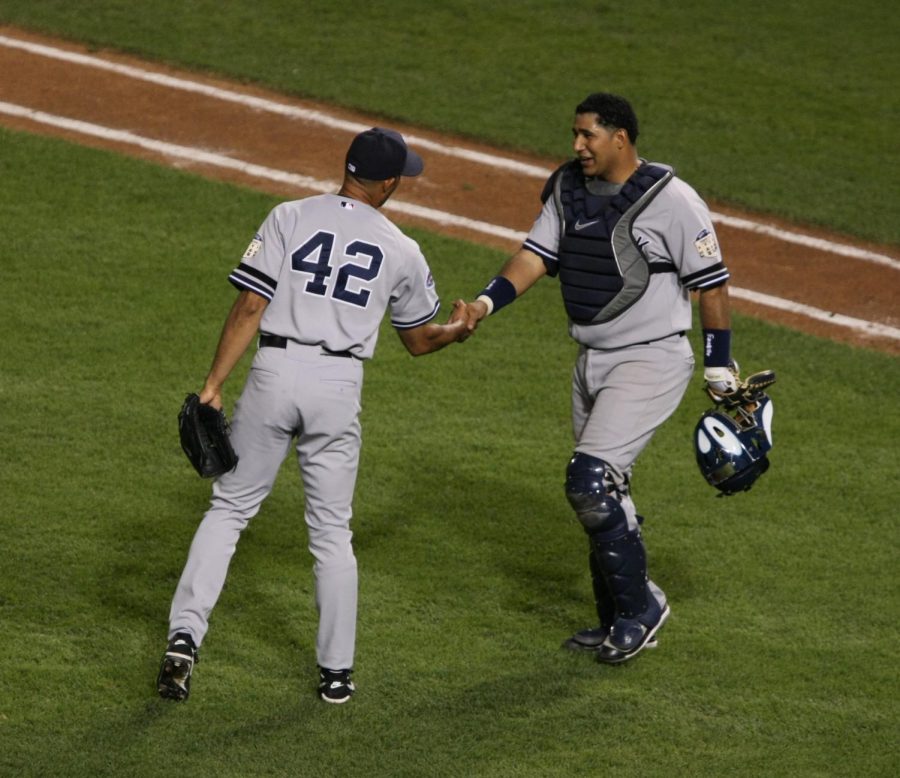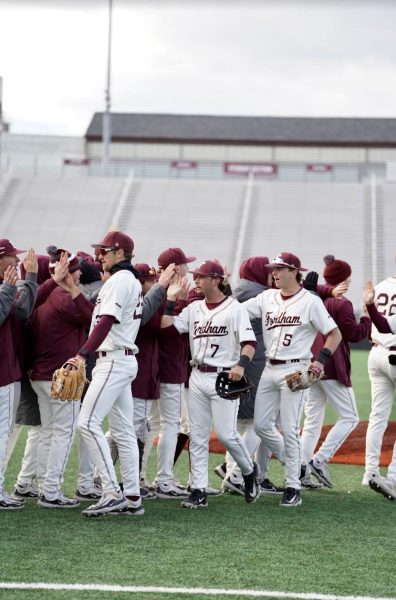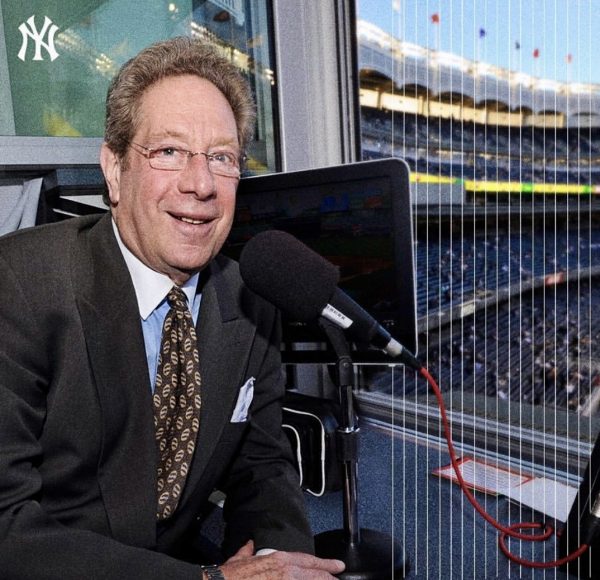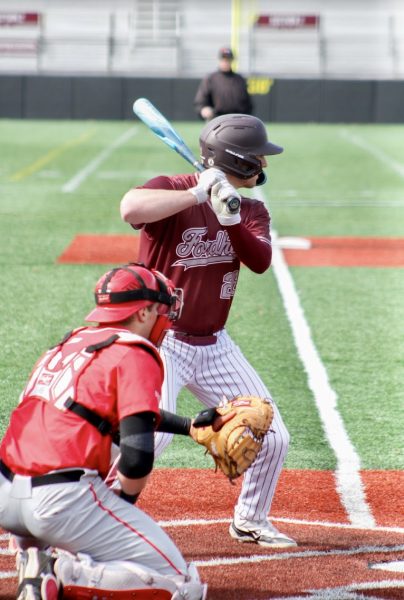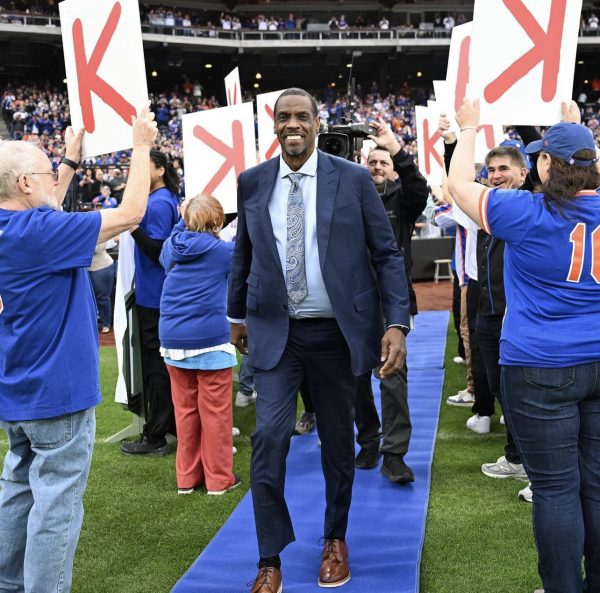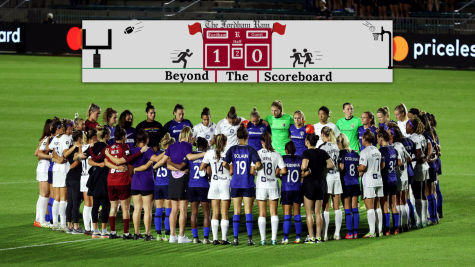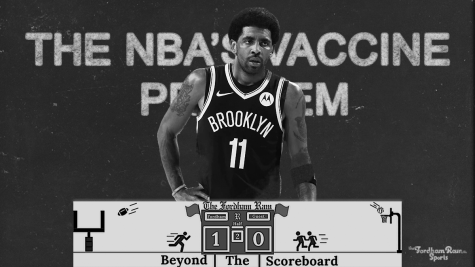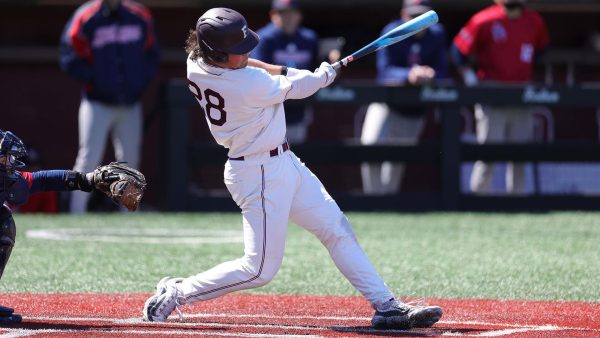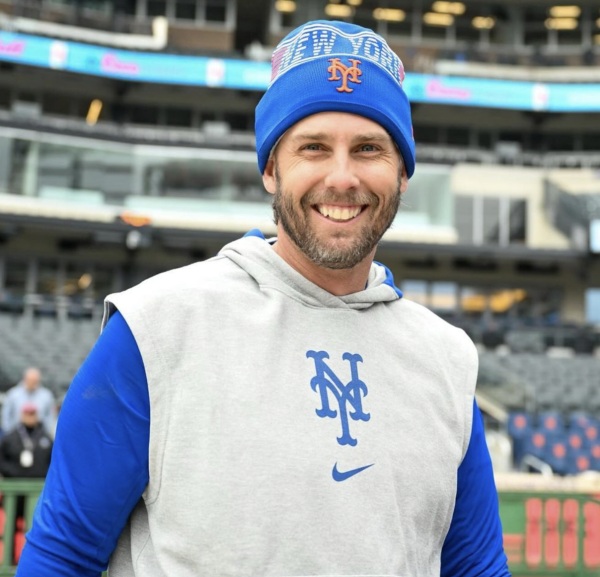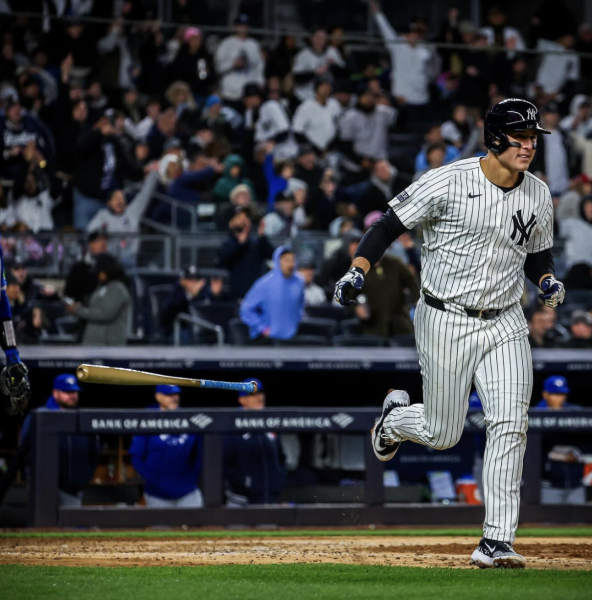Beyond the Scoreboard: Who Runs the World? Pitchers
By Dylan Balsamo
American organized sports have become like factories. From a very young age, certain talented young men and women are spotted for their abilities in the games they play and nurtured by the adults around them; coaches and parents alike.
Athletes work as tirelessly as any successful person does. By the time they reach the high school level, every person around them is doing everything possible to protect them from anything that could harm their physical capabilities and keep them from pursuing their sport. That is the basis for the absolute worst cases of, “soccer moms” and “daddy ball.”
Most of these young people go to play the sport in college. Even if they are beginning to feel burnt out after devoting their entire lives to the sport, a college degree is becoming more and more expensive, and most parents would consider it crazy to turn down a scholarship. The best of the best from the backyard get to this point, and from there, the absolute best at the collegiate level are given special attention and catered to until they can declare for the professional drafts.
Such is the American way. That is not to say the shaping of young athletes is not happening all over the world. Lionel Messi was 13 when he left his home in Argentina to join a youth club all the way in Barcelona; however, a story like LeBron James’ son being scouted by John Calipari at the age of nine would not make most of us bat an eye.
There are even certain positions that get more attention than others. For the last two decades, the position of quarterback has been emphasized by football coaches across all levels. It has gotten to the point that in the NFL there are enough strong quarterbacks to almost level the playing field. Young baseball stars are watched closely too, but the position that is given the most attention is, of course, pitcher.
As a position that in the beginning of the game’s history had almost the sole purpose of getting the batter to put the ball in play, the modern pitcher is put under much pressure to strike out batters using multiple types of pitches. He is given special care by coaches on every Little League bench in America.
Kids who show a particular talent for throwing at a young age usually begin to see private pitching coaches and are encouraged by their parents and coaches to rest and ice their arm as much as possible on days when they are not scheduled to throw.
Little leagues emphasize a limit on pitch count to help this problem, but even so, the best will continue to pitch hard. The result is that the pitcher becomes isolated from the rest of the team. A second baseman, a center fielder and a catcher are all position players. The pitcher is not considered a position player and an equivalent to his teammates. Baseball has allowed the pitcher to be above the rest of the team, like a deity worthy of the utmost praise.
Glorification of the pitcher over time has allowed us to soften what it is that we ask of this armed god who dwells among us. In his final season in 1927, Walter Johnson threw seven complete games. In 2018, the most in the league was two. Last season, the Mets started out with 12 pitchers on their 25-man roster. 12 men to fill one position. Seven of those 12 were relievers, not uncommon in the current state of baseball where some pitchers are left on a roster specifically to face one batter an outing.
In January, Mariano Rivera, a closing pitcher whose longest outings lasted three innings, became the first unanimous election to the National Baseball Hall of Fame. Pitchers are given far too much special treatment, and the treatment at the major league level is clearly having an effect on pitchers well before that point. It has become common practice for a pitcher to get Tommy John surgery in high school. Not only is that oversensitive, that is unhealthy.
A perfect example of pitchers receiving too much leniency is the designated hitter, a position instituted into the American League in 1973 to take the pitcher’s spot in the batting order. Pitchers are treated so sensitively, half of the league’s pitchers only have to bat once or twice a year during inter-league games.
This year, the Major League Baseball Players’ Association has been pushing for the National League to make the DH universal across the MLB, and nearly completely eliminate pitchers’ plate appearances.
While such a proposal faces clear opposition, it does not take a Ken Rosenthal to presume this change will be made in the near future. And when that change is made, baseball will officially reach a point of no return: allowing one position to completely rule the game.

